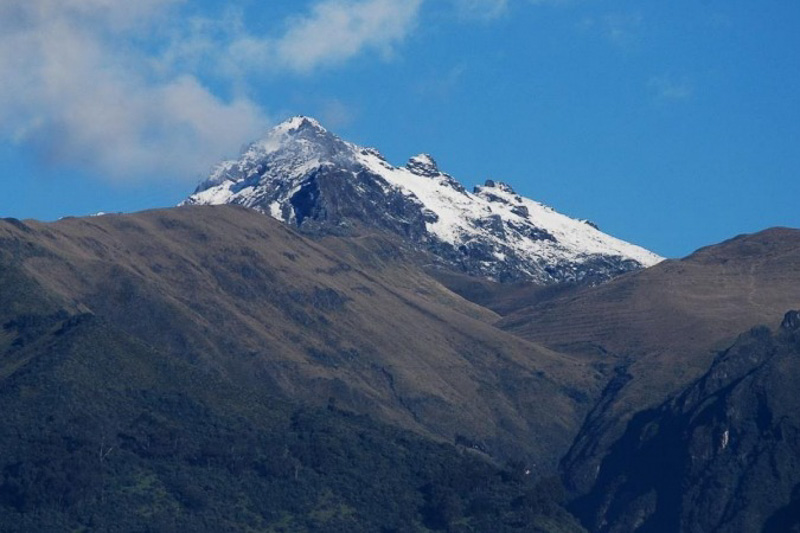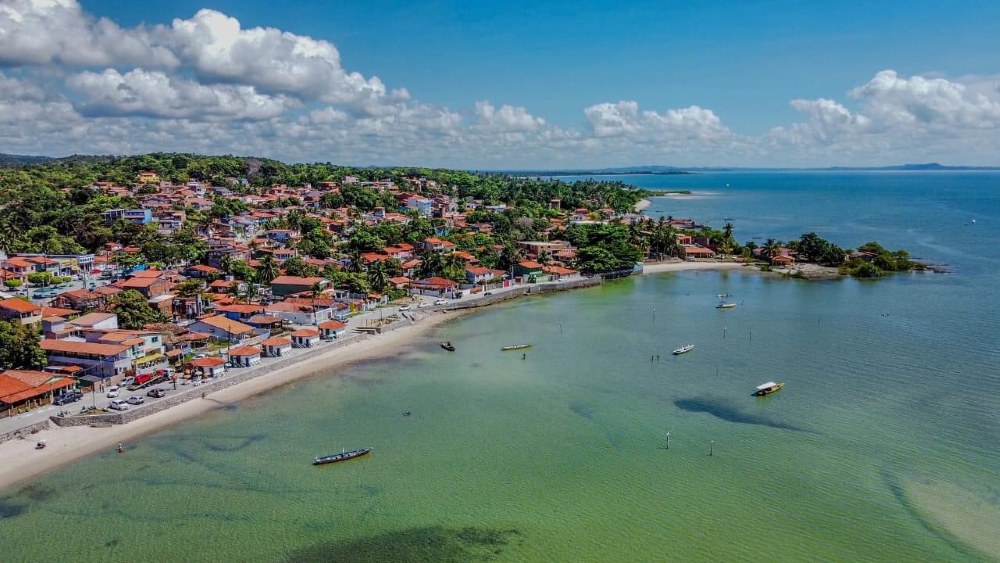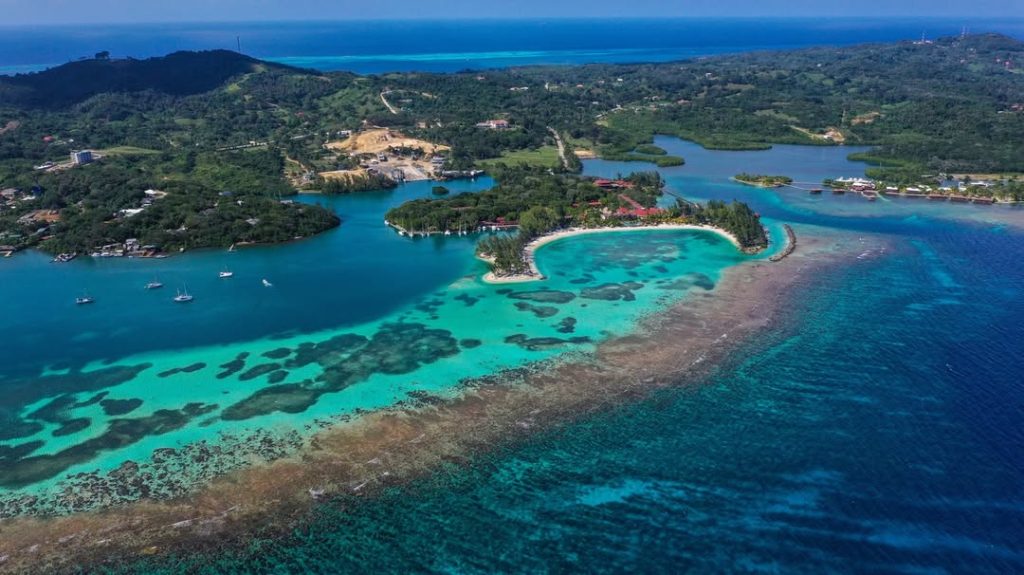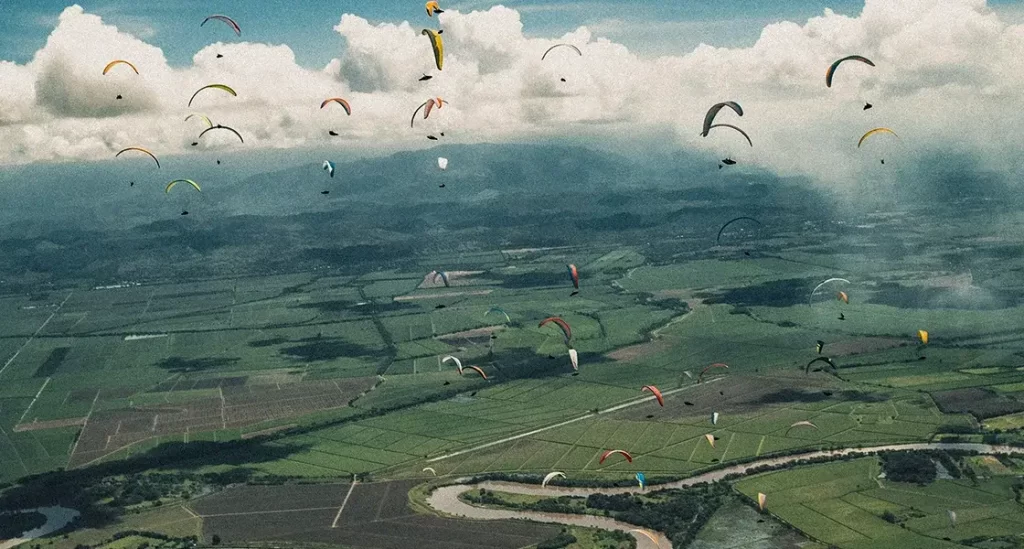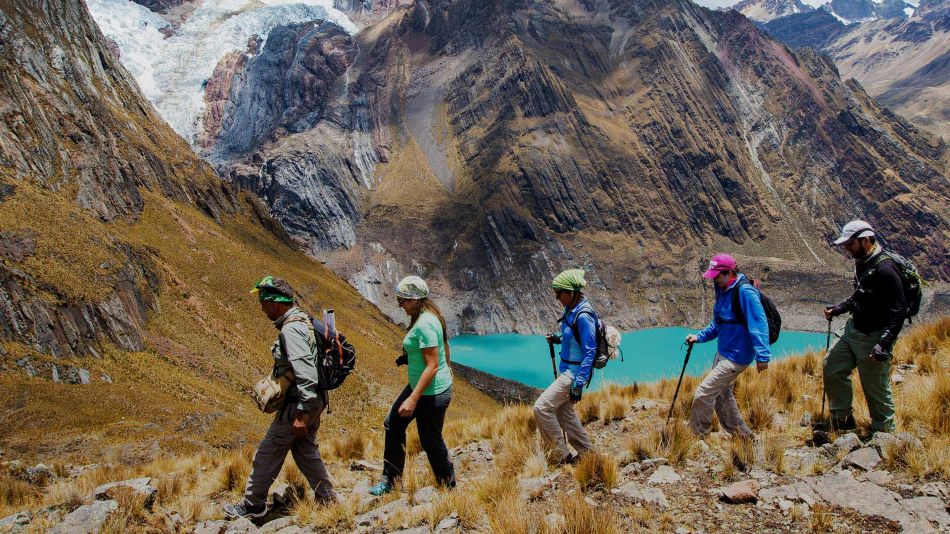Text by Thierry Singer de Polignac – This article was originally published on www.elcafelatino.org
Just north of Quito, the Ecuadorian capital, the Pichincha volcano dominates the city. It last covered the city in ash in 1999 and gave its name to the province of Pichincha, of which Quito is a part.
The volcano is actually made up of two separate peaks, Rucu Pichincha (known as “Old Pichincha” in Quechua), at 4,698m, and Guagua Pichincha (known as “Child Pichincha”), at 4,784m. It is therefore the “smaller” of the two. It is directly accessible from the Quito cable car.
Here and there, the trail was, in the past, quite dangerous, with gangs hanging around the mountain, assaulting tourists. Seeing that climbing this volcano was becoming more and more popular with tourists, the Ecuadorian government has done a great job of making the area safer: now it is safe to walk around.
The path to the volcano is quite easy to find. Just follow the path with the beautiful view of Quito on your right and you will soon see the sign for Volcan Pichincha. The path is clearly visible, you just follow the tracks where the vegetation has disappeared due to trampling (but it sometimes becomes less clear as you get closer to the summit).
At the beginning, the path goes up and then down, passing some grassy hills from where you can enjoy a breathtaking view of Quito, occupying the whole valley. Already at this point you realise that the hike is not going to be a simple stroll! The altitude is already over 4100 m and breathing is difficult.
Little by little, the landscape becomes more rocky, wild and austere. As you gain altitude, the weather conditions get worse, the wind gets stronger, clouds hit your face and oxygen is sorely lacking.
After a while, the hiking trail turns into a climbing course. It’s a bit surprising when you’ve been following a well-trodden path until now and suddenly you’re faced with rocks blocking your way. You wonder if you are supposed to go around them, climb them? The answer is yes, you have to climb them.
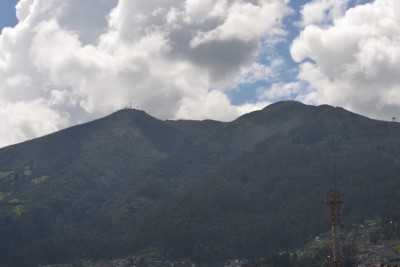
When you start climbing rocky parts, the summit is not far away. And the slope gets really steep! The breathing difficulties start. Now we are at 4500 m, just walking becomes very difficult. We force ourselves to take 10 steps, and we need to take a break. Then 10 more steps, and again a break to catch our breath.
Reaching the top is a great feeling. The lack of oxygen fades away, and is replaced by joy. You feel really proud that you didn’t give up. And at the top, it feels good to be able to walk on flat ground again!
Advice: How to prepare for high altitude?
“I would advise you to stay in Quito for at least 2 or 3 days before attempting the climb, to allow your body to produce enough red blood cells. It would be even better to visit some places around Quito at a higher altitude, to really stimulate the acclimatisation process.
This hike should really be done in the morning, because the weather often gets bad in the afternoon. I strongly advise being ready to go up as soon as the cable car opens, giving you the best chance of good weather and a great view from the top.
Enjoy the ride….

